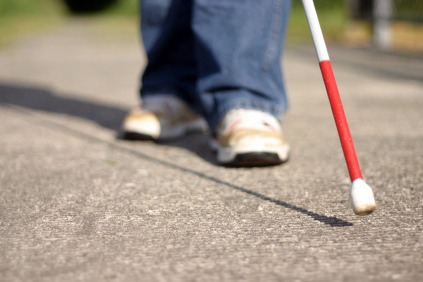Play and play materials are part of the basic needs of all children. If your child has enough stuff to play with, half your problems connected to the child are solved. It would keep him occupied and prevent boredom. A bored child develops a bad temper and becomes irritable. Thus toys are of great importance for your child’s and your peace of mind. Besides, they are of intellectual importance too.

The Importance of Play [Illustration by Shiju George]
- to practice and develop new skills.
- in eye-hand coordination, thus helping the child to concentrate and to experiment.
- to learn to share and cooperate and in building relationships.
- in developing a team spirit. A child should learn to play without constant help from his mother. Make sure you do not interfere too much, so that he can play independent of you. And try to give him a social life too. He should frequently meet other people to develop a sense of community.
Choosing a toy
- It is not necessary for a toy to be expensive. A simple doll will be a source of as much fun for the kid as an expensive one.
- If you are worried about the suitability of a particular set of building blocks or a puzzle, choose one that is difficult to crack. If it is too easy, he will discard it soon.
- Make sure that the toy does not have any sharp edges.
- And it is too large to be either swallowed or to get stuck in the child’s nose or ears.
- The paint doesn’t come off when it is put into the mouth.Your child learns to use his hands by the time he is six months old. So, this is the time to introduce him to new things. By the time he is nine months to a year old, he will feel like putting objects in and out of containers.In the second year, you can give him books. They should be of two types – hard card books, which the child can see for himself, and ordinary books that you can read to him. Storybooks become popular in the latter part of the second year. And sets of wood blocks of different shapes and sizes will occupy him for hours. So will toys that can be pushed and pulled around.Between the ages of 18 to 36 months, most children enjoy domestic mimicry. The child can use kitchen sets, tea sets or doll’s furniture to play imaginary games.Towards the latter half of second year, you can give him cubes with holes, pencil and paper. He may scribble initially, but with practice his drawing may improve. You can give him plastercine too.
In the third year, you can keep your child occupied with:
- Building blocks
- Plastercine, clay and other modelling materials
- Stencils
- Paints, drawing books
- Blackboard and chalk
- Domestic mimicryChildren like helping in household work. So, besides his jigsaw puzzles and paintboxes, you can give him a little dough to make a roti or make him fetch things for you. You could also give him a tricycle or a pedal car to encourage outdoor activity. In the latter part of the third year, the child is old enough to use blunt scissors. Try to do some paper work with him.A four-year-old enjoys model cars and other vehicles, building blocks, dolls, clay-modeling, crayons and finger paints.A child of five thinks he is old enough to handle things on his own. He likes to boss over people and is possessive about his toys. Encourage both outdoor and indoor games.
Implications for Parents
Language plays a very important role in assessing the development of a child. Communication is the key to a child’s feelings. Spend some time with him. Try to take time out to read along with him or to him. This will not only make learning easy and fun, the child will begin to confide in you.
The imagination that fuels play at this stage also generates intense fears. Most children develop irrational fears like fear of darkness or fear to bathe or sit on a toilet seat. You have to use all your convincing powers to drive it out of the child’s mind. Or you could try your ‘magical powers’ to drive the demons away.











Toys play a vital role in children’s lives. More toys are designed with the child’s education and development in mind nowadays than ever before.
“Choosing a right toy” is something which should be done very carefully. Really like the points you mentioned here on how to choose the right toy for your kid.
Thanks for sharing the article.